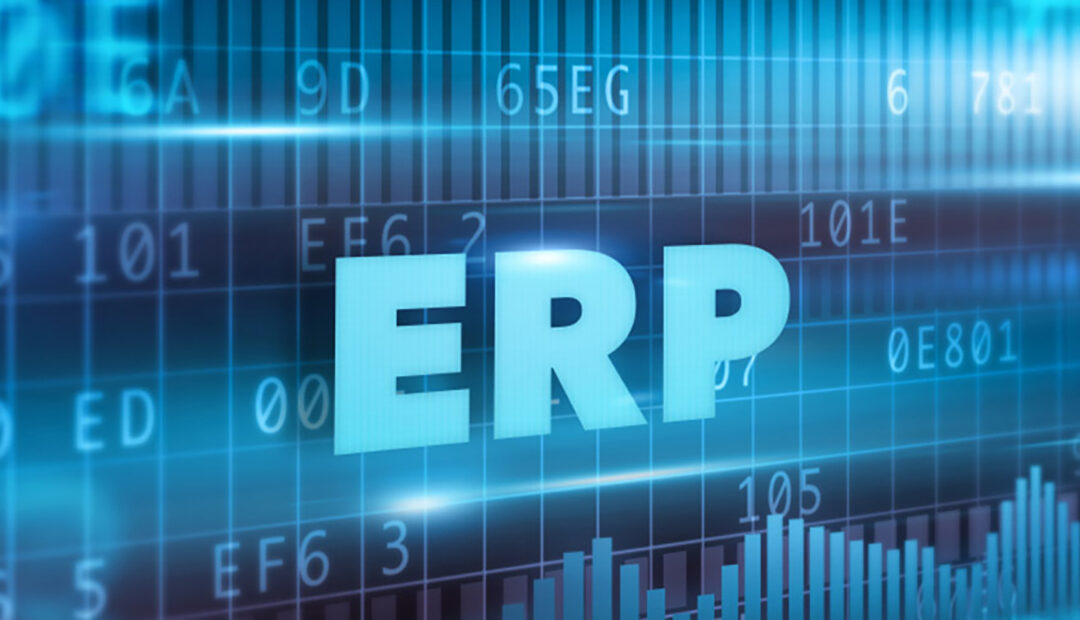One of the most common misconceptions that we hear when speaking to prospective customers is that they do not need a reporting solution because they already have an ERP system in place. Or, their organization has just moved to a new ERP system and they have expectations (that are somewhat misguided) that the built-in reporting capabilities that come with their new ERP will take care of all of their reporting needs, therefore avoiding any additional financial investment in reporting.
The problem with most ERP systems is that they are designed to support a wide variety of administrative and operational processes, however, are not very business-user friendly. Typically, due to this reason, IT departments are tasked with managing a company’s ERP, including report creation and data analysis, which does not lend itself well to self-service reporting within the organization. Furthermore, the reporting capabilities of many ERPs are limited, as ERPs are not designed to perform the deep-dive analysis that leads to actionable insights. Therefore, a business intelligence (BI) solution can complement your ERPs value by converting your data into easy-to-understand information that will help management make better, more informed decisions.
Let’s explore a few tips on how you, and the right BI solution, can ensure that everyone in your company leverages the value of your enterprise ERP system.
Start with identifying the underlying cause of your biggest business problems
If flaws are being found with your ERP system, people and/or processes are usually the main culprit. Unclear processes lend themselves to complicating the use of a system. An integrated data analytics solution will provide ‘one version of the truth’, where all your information is stored in one place that both business users and management can access with easy to use dashboards. Eliminating errors from your processes allows you to quickly uncover the root causes of your operational challenges and improve overall efficiency.
Before meeting with BI vendors, make sure that you meet with your department managers to find out what their pains are with respect to data access and analysis in order to get a clear picture of your company’s reporting needs. This will guide your decision making in terms of finding the right BI solution. Once you have implemented your BI solution, it is important to set key performance indicators (KPIs) that will allow your managers to measure their department’s performance against specific targets. Reports with current data will provide management with a clear picture, allowing them to derive insights from that would have otherwise been missed relying on the reporting your ERP provides alone.
Choose a BI tool that has been developed specifically to work with your ERP system
The best way to ensure you are leveraging your ERP solution is to aim to work with a vendor who offers a BI tool that is not only compatible with your ERP (and preferably your other systems in place) but will specifically address your reporting and analysis needs. It is important to determine whether a BI solution can consolidate all your data from your ERP, as well as your other data sources, and bring it into a single silo that you can work with. Inquire with your shortlisted BI solution vendors whether the solution comes with any pre-built content.
NewIntelligence’s SAP B1 QuickStart has been developed specifically for SAP Business One customers and the reporting challenges that they face. This solution is affordably priced with the typical size of businesses that use SAP B1 in mind. SAP B1 QuickStart is ready to use out of the box but can also be customized to your environment. Users benefit from an optimized reporting database without having to change anything in their existing SAP B1 environment. Our QuickStart is easy to set up, easy for users to learn and use and can be up and running in as fast as 2-3 weeks. Find out more.
Get one version of the truth in terms of information
Before the concept of self-service BI became mainstream, management and/or business users were forced to rely on IT to generate reports per their specifications. As a result, reports are often created from multiple sources of data, causing conflicting results. Bringing together all your data from both internal and external sources into one single area (usually called a datawarehouse) gets rid of disparate or redundant data, creating one version of the truth. This gives decision-makers the confidence in the data they require to in order to make strategic decisions.
Having access to up-to-date data that you can easily analyze allows for a clearer picture of the company overall, thus allowing drill down on strategic questions about your customers and their buying behaviours.
Self-service reporting and dashboarding and data-driven decision-making
A datawarehouse provides one point of access to your company’s data to all employees. Business users and management no longer need to depend on IT for gathering data and generating reports. With the right self-service BI solution in place, even non-technical users can easily create reports on their own with just a few clicks. Users can see their data in a variety of different ways and can perform such analyses as year-over-year comparisons. Ad-hoc reporting allows users to uncover trends and identify new opportunities.
Users can customize their own dashboards to see the data that they need to in order to perform their respective jobs and they can collaborate with others on their teams by sharing dashboards. Users can create alerts to let them know when a certain issue arises, such as when inventory falls below a certain level.
With a centralized data repository, self-service ad-hoc reporting and customizable dashboards, the right BI solution can help you gain value from your ERP system and make data-driven decisions that will enhance your business’s efficiency and effectiveness.
Contact us today to see how we can help you make sure you are making the right choice of BI solution that will best leverage your ERP system.

